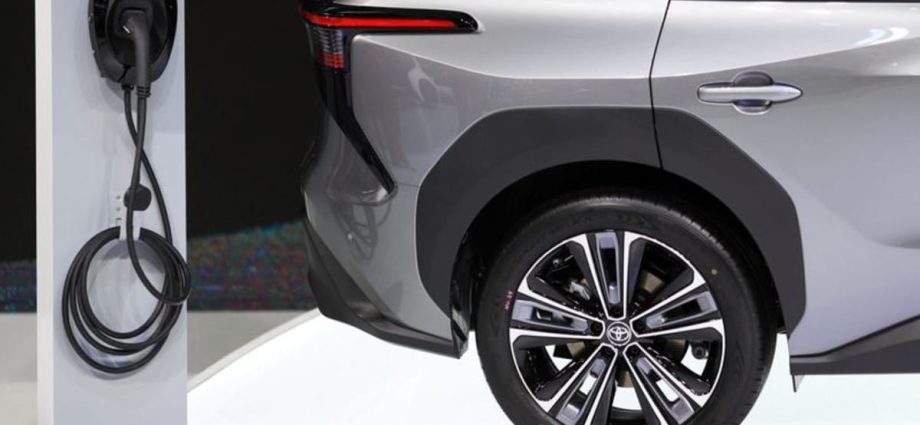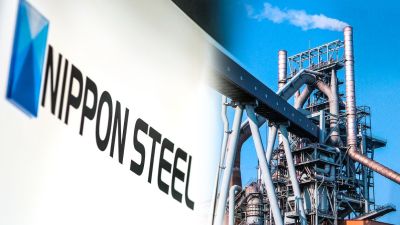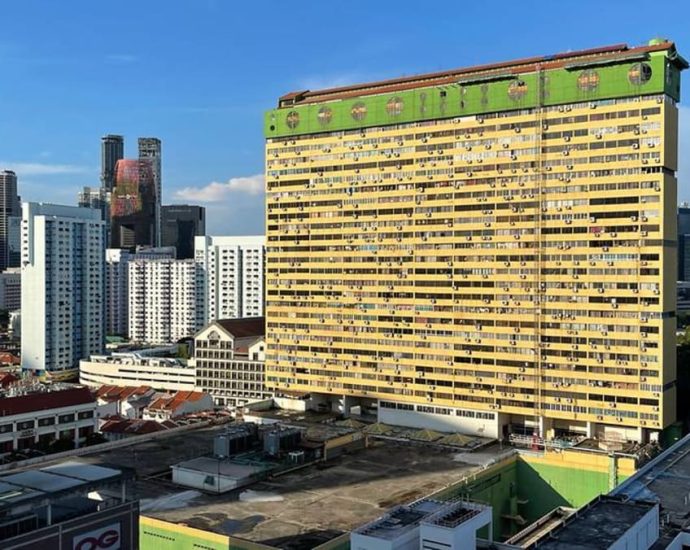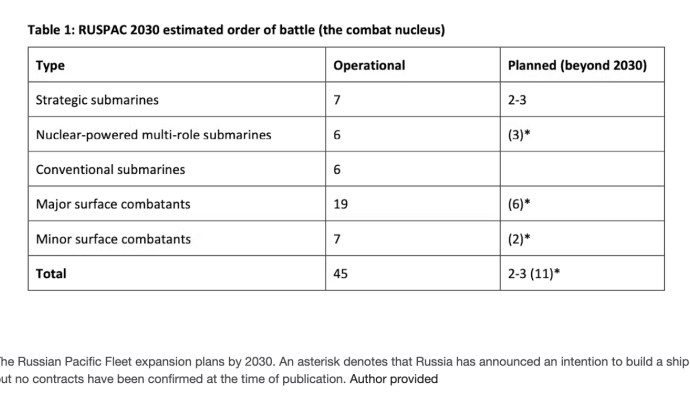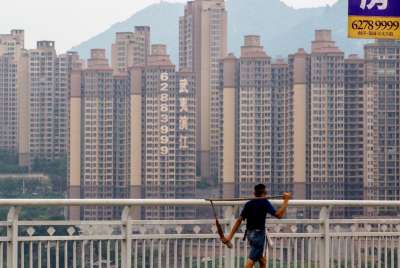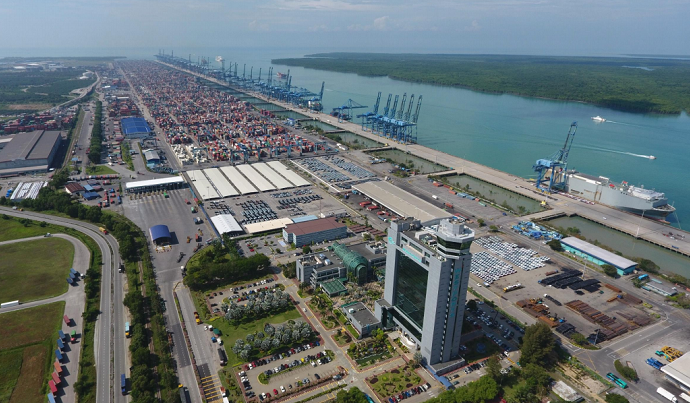Japan automakers to invest US$4.3 billion in Thailand over 5 years: Thai govt
BANGKOK: Major Japanese auto manufacturers will invest 150 billion baht (US$4.34 billion) in Thailand over the next five years, a Thai government spokesperson said on Monday (Dec 25), supporting the Southeast Asian country’s transition to making electric vehicles. Toyota Motor and Honda Motor will invest about 50 billion baht each, whileContinue Reading

